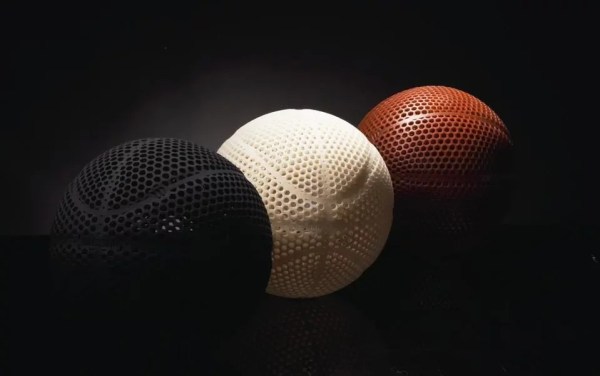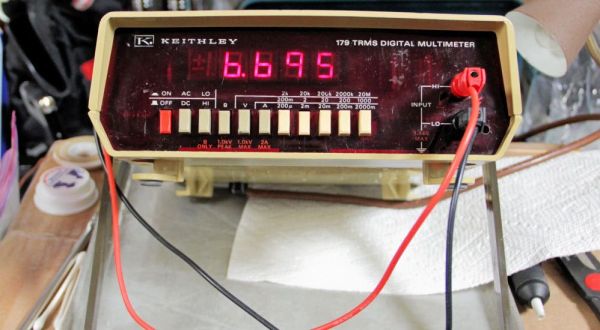Basketball has changed a lot over the years, and that goes for the sport as well as the ball itself. While James Naismith first prescribed tossing soccer balls into peach baskets to allow athletes to stay in shape over the winter, today, the sport looks quite different both rule-wise and equipment-wise.

The basketball itself has gone through a few iterations. After the soccer ball came a purpose-built leather ball with stitches and a rubber bladder inside. The first molded version came in 1942, although most balls continued to be made of leather, especially for indoor-only use. Today, the NBA still uses leather-clad balls, but that could change. Wilson, the official supplier of NCAA postseason tournament balls, has developed a 3D-printed basketball that never needs to be inflated.
Much like a regular ball, the Wilson Airless Gen1 has eight lobes, bounces like you’d expect, and can be palmed, provided your hand is big enough. We would argue forcefully that it is far from airless, though we do get the point. According to TCT Magazine, the ball “nearly fits” the performance specs of a regular basketball, including weight, size, and rebound. This may not be good enough for the NBA today, but we doubt innovation over at Wilson has stopped abruptly, so who knows what the future holds?
Interested in trying one out? You may be better off trying to design and print one yourself. The limited-edition ball will be available on February 16th at Wilson.com for the low, low price of $2,500. It would probably pair well with the can’t-miss robotic hoop. Or, pair it with a giant 3D-printed hand for display purposes.
Main and thumbnail images via Wilson Sporting Goods




















